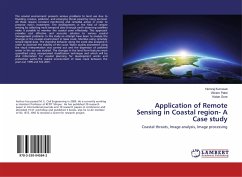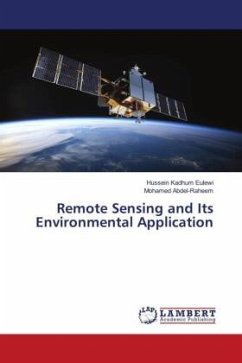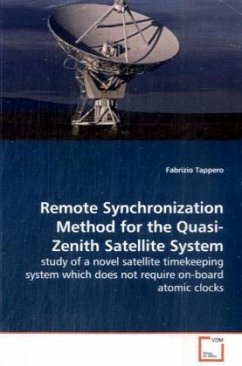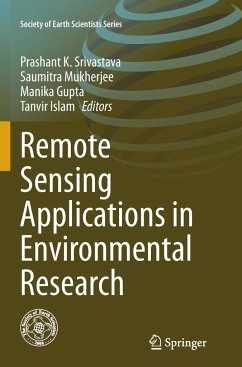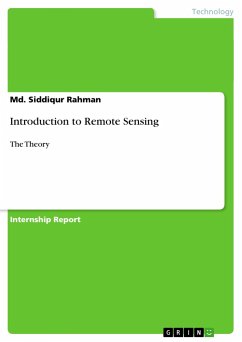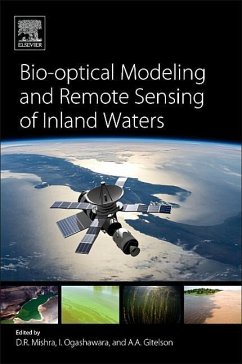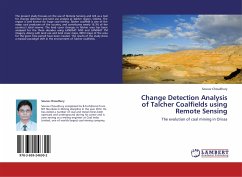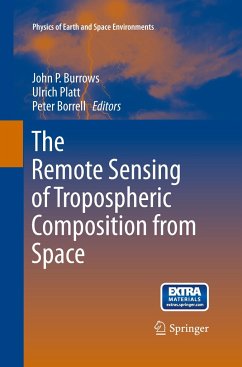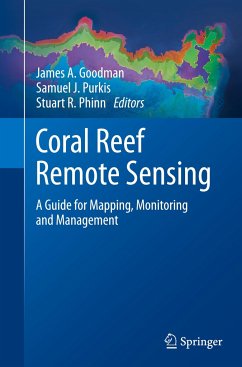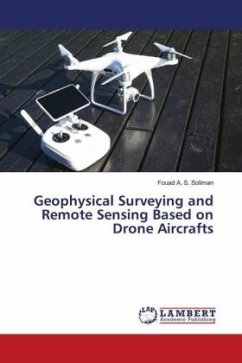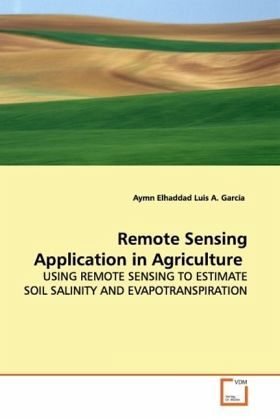
Remote Sensing Application in Agriculture
USING REMOTE SENSING TO ESTIMATE SOIL SALINITY AND EVAPOTRANSPIRATION
Versandkostenfrei!
Versandfertig in 6-10 Tagen
50,99 €
inkl. MwSt.

PAYBACK Punkte
25 °P sammeln!
Soil salinity is one of the fastest growing threatsthat affects agriculture and food production.Detecting and evaluating the impact of soil salinitywith traditional methods has been a laborious and time consuming job, recently methods for detectingsoil salinity have improved greatly thanks to newtechnology. This book describes methods to detectsoil salinity levels in agricultural lands based oncrop conditions and Evapotranspiration (ET) usingsatellite imagery.Quantifying ET accurately has always been consideredone of the most challenging and expensive tasks, mostof the methods currently used t...
Soil salinity is one of the fastest growing threats
that affects agriculture and food production.
Detecting and evaluating the impact of soil salinity
with traditional methods has been a laborious and
time consuming job, recently methods for detecting
soil salinity have improved greatly thanks to new
technology. This book describes methods to detect
soil salinity levels in agricultural lands based on
crop conditions and Evapotranspiration (ET) using
satellite imagery.
Quantifying ET accurately has always been considered
one of the most challenging and expensive tasks, most
of the methods currently used to achieve this task
depend on point measurements that do not reflect the
spatial variability of ET
in agriculture fields. This book describes the
development of a surface energy balance-based model
(Remove Sensing of ET - ReSET) that handles the
spatial variability in ET, the model estimates ET
based on remotely sensed data using satellite
imagery. ET is estimated for each pixel in the image
therefore displaying the spatial variability of ET
even within fields. Relationships between ET and soil
salinity levels in agriculture fields were developed
for several crops.
that affects agriculture and food production.
Detecting and evaluating the impact of soil salinity
with traditional methods has been a laborious and
time consuming job, recently methods for detecting
soil salinity have improved greatly thanks to new
technology. This book describes methods to detect
soil salinity levels in agricultural lands based on
crop conditions and Evapotranspiration (ET) using
satellite imagery.
Quantifying ET accurately has always been considered
one of the most challenging and expensive tasks, most
of the methods currently used to achieve this task
depend on point measurements that do not reflect the
spatial variability of ET
in agriculture fields. This book describes the
development of a surface energy balance-based model
(Remove Sensing of ET - ReSET) that handles the
spatial variability in ET, the model estimates ET
based on remotely sensed data using satellite
imagery. ET is estimated for each pixel in the image
therefore displaying the spatial variability of ET
even within fields. Relationships between ET and soil
salinity levels in agriculture fields were developed
for several crops.



